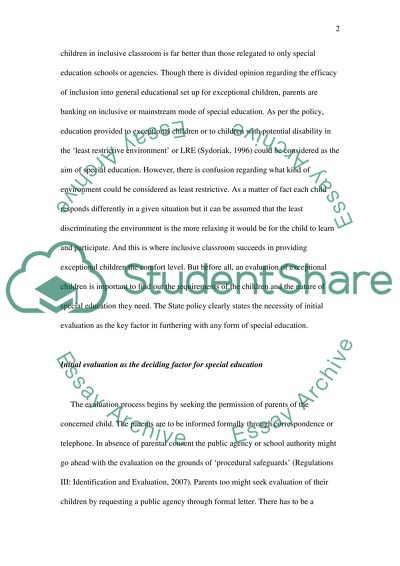Cite this document
(Special Education Inclusion Assignment Example | Topics and Well Written Essays - 1750 words, n.d.)
Special Education Inclusion Assignment Example | Topics and Well Written Essays - 1750 words. Retrieved from https://studentshare.org/education/1549097-special-education-inclusion
Special Education Inclusion Assignment Example | Topics and Well Written Essays - 1750 words. Retrieved from https://studentshare.org/education/1549097-special-education-inclusion
(Special Education Inclusion Assignment Example | Topics and Well Written Essays - 1750 Words)
Special Education Inclusion Assignment Example | Topics and Well Written Essays - 1750 Words. https://studentshare.org/education/1549097-special-education-inclusion.
Special Education Inclusion Assignment Example | Topics and Well Written Essays - 1750 Words. https://studentshare.org/education/1549097-special-education-inclusion.
“Special Education Inclusion Assignment Example | Topics and Well Written Essays - 1750 Words”, n.d. https://studentshare.org/education/1549097-special-education-inclusion.


